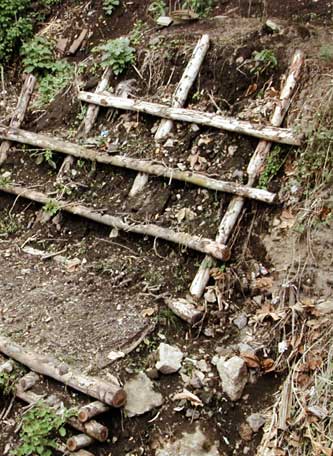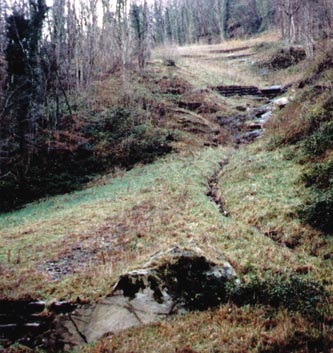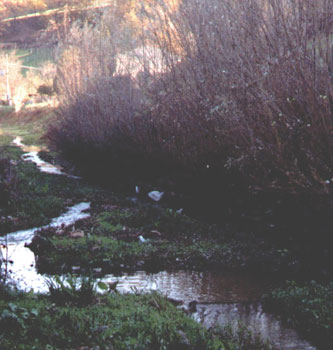 COUNTRY OF ORIGIN
COUNTRY OF ORIGIN• Italy
Soil Bioengeneering
What problem can it solve?
Bioengineering projects often lead to a rediscovery and modern reinterpretation of traditional methods. Techniques using living material for the systemization of unstable slopes and riverbanks data back to the earliest times and were of considerable importance for ancient rural civilisations, especially in mountain areas. These techniques became widespread precisely because of the empirical efficiency that plants have in resolving problems of soil instability and because there was an abundance of easily available material (plants, wood, and stone) in the rural environment.
During the 19th century, bioengineering methods used in the Alps were described in technical documents and manuals. Experience gained in mountain land reclamation by forestry administrations of the German-speaking areas of the Alps at the beginning of the 1900s consolidated the use of bioengineering techniques. In Italy, regulations issued by the Ministry of Public Works (1912) for the presentation of projects on hydrological forestry systemization of mountain basins included provisions for the use of plants and locally available natural material.
Bioengineering, which was first used in the forestry sector, has subsequently been used to protect mountain soil, blend infrastructure into the landscape, and regenerate quarries, waste disposal sites, and degraded areas in general.
Bioengineering interventions also have an important function in reducing the vulnerability of soil exposed to recurring natural disasters. The news is always full of increasingly frequent disasters, often made worse by ‘global’ hydro-geological instability, a problem common to various regions of the planet. Examples include Hurricane Mitch, which badly affected Nicaragua in 1998, annual floods in India, Nepal and Bangladesh, and the devastating floods during the summer of 2002 in the Danube regions of Europe. The year 1998 was the worst ever recorded for natural disasters caused by bad weather. Floods and storms brought death to tens of thousands of people and uprooted millions of others. If we include earthquake victims, about 50,000 lives were lost because of natural disasters (Kofi Annan, "Facing the humanitarian challenge: towards a culture of prevention", 1999).
These catastrophic events, which are widespread throughout the world, have serious consequences on the living conditions of the people affected, especially in the poorest countries. Bioengineering interventions can, therefore, bring great benefits by reducing soil vulnerability and preventing the disastrous effects of natural calamities.
Bioengineering interventions can be easily incorporated into sustainable development strategies because they not only perform specific functions (preventative and emergency protection of the soil, regeneration of the habitat, etc.), but they are also economically viable and socially acceptable.
The following factors make this type of intervention particularly suitable:
• Reduced costs compared to traditional interventions, such as concrete walls or gabions;
• Large scale use of local workforce, which accounts for most of the expenditure, bringing economical benefits to the population concerned;
• Preference for locally available natural material, which reduces costs, boosts the local economy and guarantees that any work blends perfectly into the landscape;
• Involvement of local specialists.
These interventions, which are labour intensive, can prove expensive in countries where labour costs are high. In these contexts, bioengineering interventions are preferred to other typologies because of their capacity to regenerate the natural environment. On the other hand, in countries where labour is less expensive, the solutions offer not only all the ecological advantages described above, but also significant savings.
Bioengineering is primarily concerned with the systemization and environmental regeneration of slopes and riverbanks subject to landslides. However, it also has an important added value: it respects the landscape and the ecosystem. The basic guideline for a “bioengineer” is, in fact, to make any intervention as ‘invisible’ as possible. After an initial period of adaptation, the plants used to consolidate the soil, which must be strictly native and preferably obtained locally, should blend with the surrounding landscape in such a way that the work of man is no longer to be seen. For this reason bioengineering techniques are most suitable in areas of great environmental value, such as national parks and protected areas.
DOWNLOAD THE BROCHURE PDF
Spanish (1.3 MB)English (0.6 MB)







